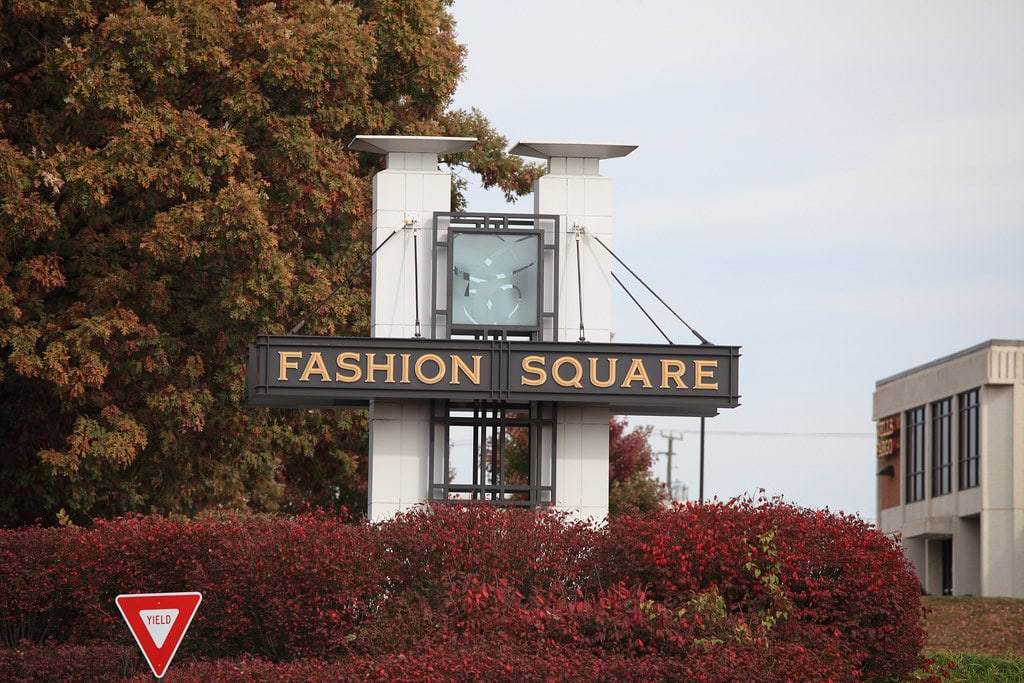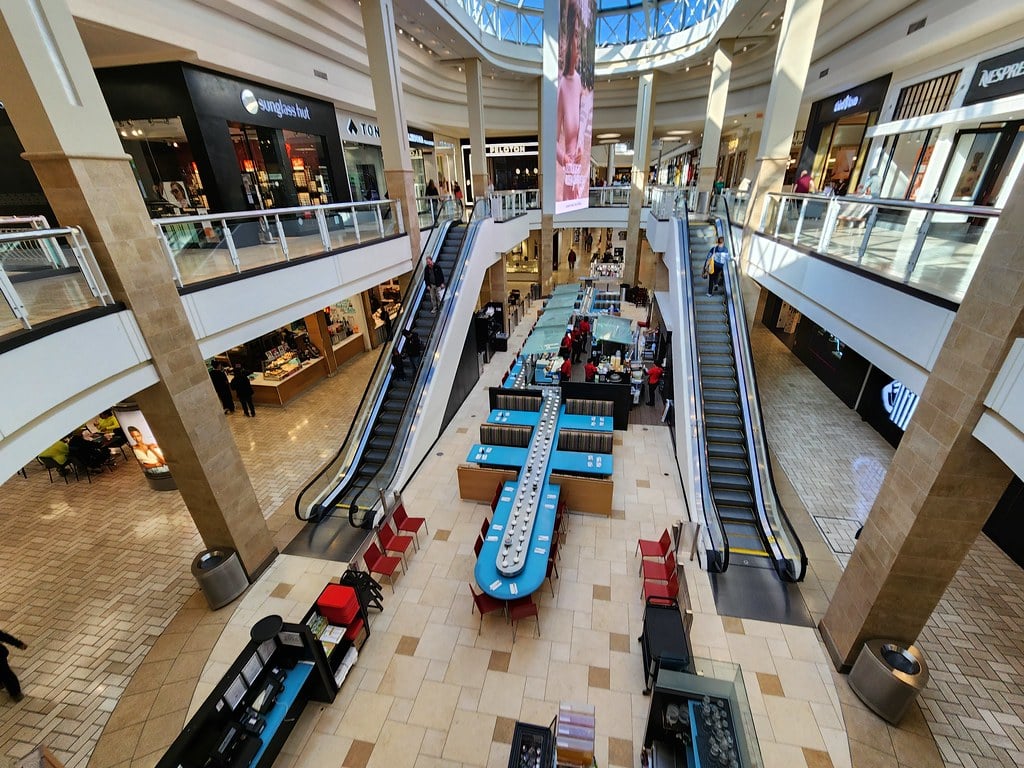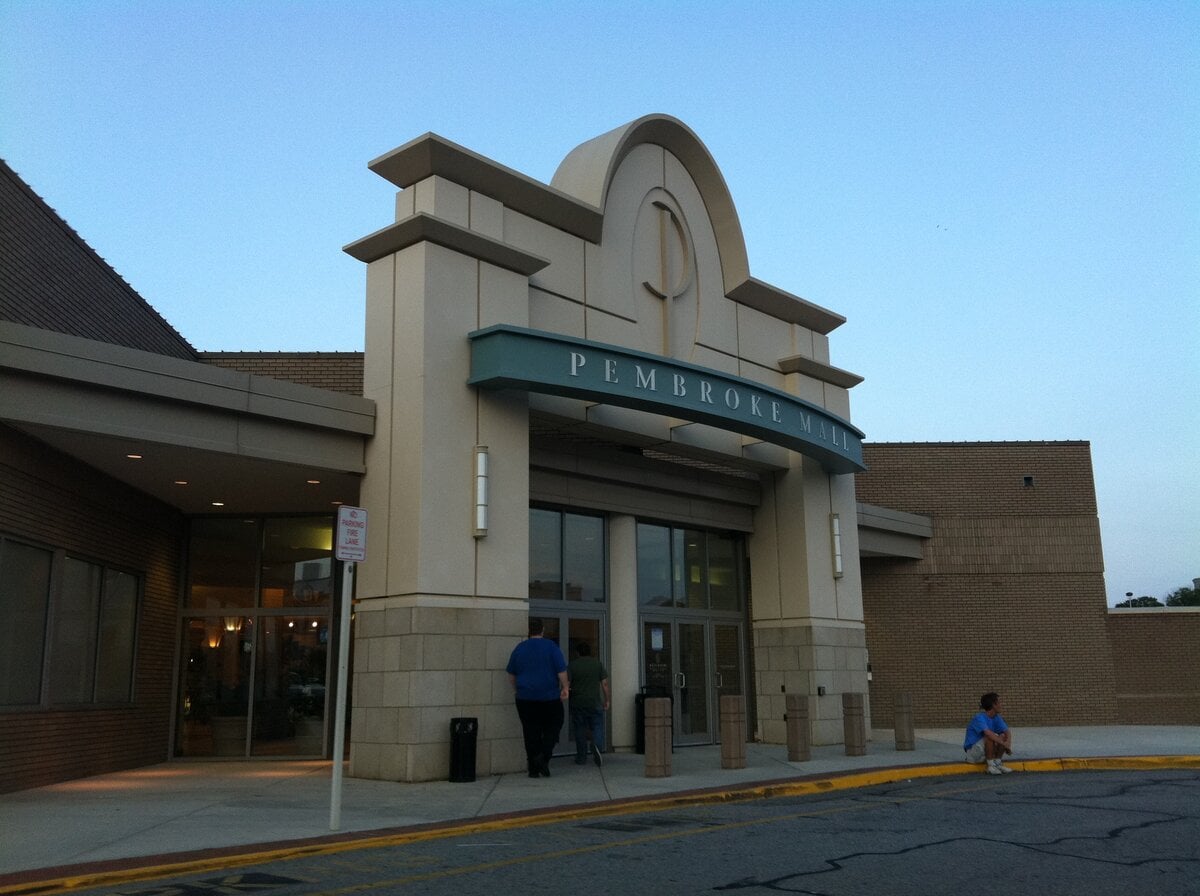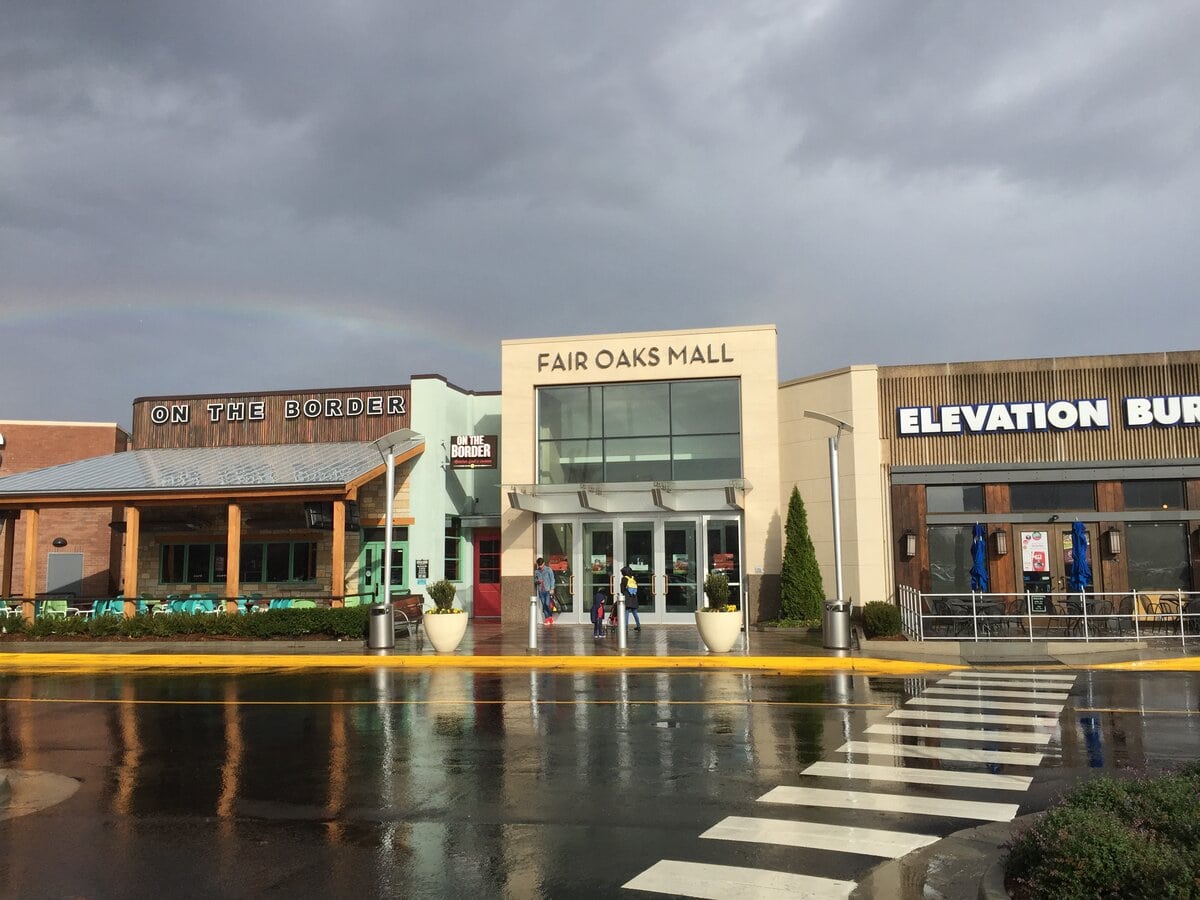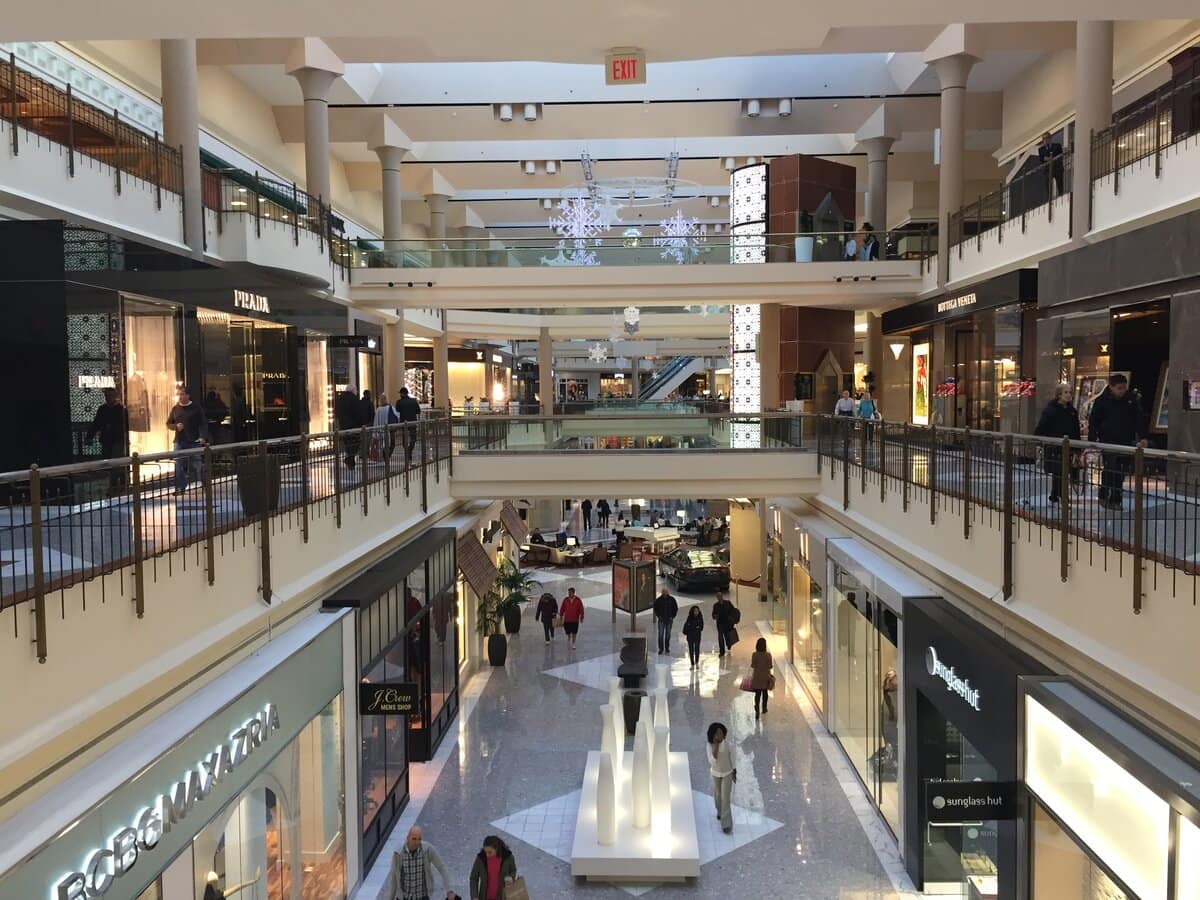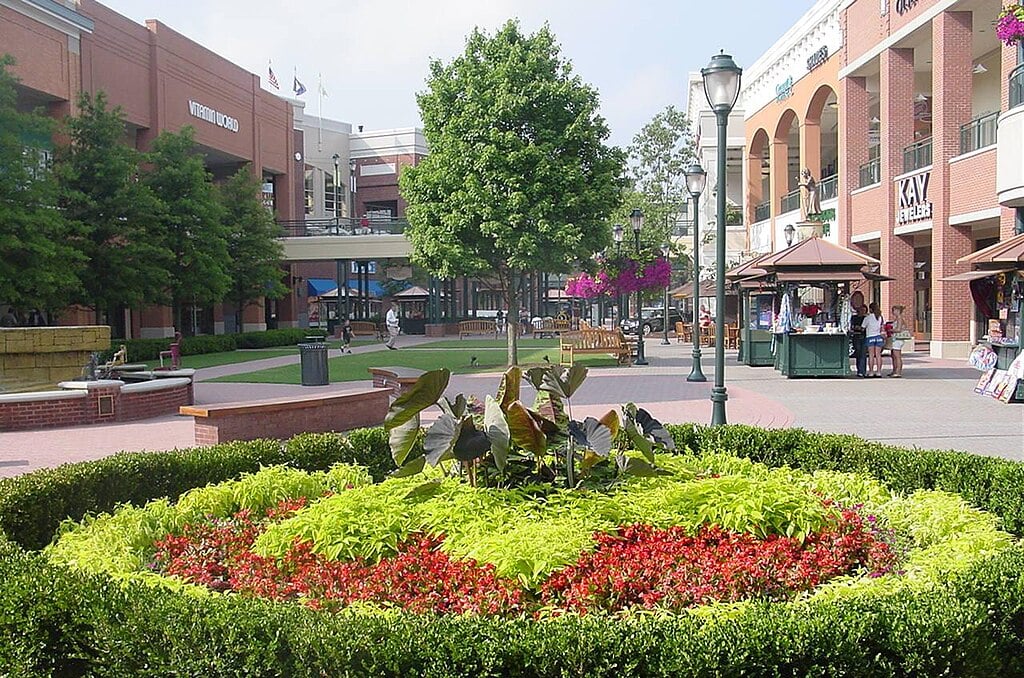A Place Everyone Knew by Heart
Before the carousel vanished and the food court got moved, Lynnhaven Mall felt like the unofficial capital of Virginia Beach. Back in 1981, it didn't open with fanfare; it opened with confidence.
You could get your prom tux, browse records, grab a pretzel, and catch a movie without stepping outside. Even now, decades later, there's a reason its name still turns up on lists of things to do in Virginia Beach, VA.
Something about the mix of retail, memories, and sheer square footage kept pulling people in. But how did it get there? And what happened along the way?
Site Selection and Retail Blueprint
Construction of Lynnhaven Mall began under Melvin Simon & Associates, who chose the parcel off Lynnhaven Parkway for its access to Interstate 264, then designated State Route 44.
This was no small bet on a sleepy part of the city in 1981.
At the opening, the mall featured six anchor stores: JCPenney and Montgomery Ward as national anchors, with Rices Nachmans, Thalhimers, Miller & Rhoads, and Leggett rounding out the regional presence.
The layout was built to serve heavy foot traffic, with broad interior corridors and multiple bridges to upper deck parking.
The developers structured it as a super-regional mall, topping 1,170,000 square feet in leasable space.
By doing so, they eclipsed other nearby centers and made it one of the largest enclosed malls on the East Coast at the time.
From the start, the design wasn't about being flashy, it was about capacity, consistency, and cars in the lot.

Anchor Turnover and Leasing Reshuffles
Rices Nachmans, one of the original six anchors, was the first to be replaced.
Hess's took over in 1984, part of a broader pattern of shifting department store branding across the region.
Five years later, Miller & Rhoads folded in 1990 following a chain-wide bankruptcy.
That space was handed over to Hecht's without much fanfare.
At the time, Hecht's was still a recognizable name under May Company.
Its first location didn't stay alone for long.
In 1992, Thalhimers exited, and Hecht's expanded into that footprint too, two full-sized Hecht's operating under the same roof.
That arrangement stuck until 1998, when a new Hecht's was built between Dillard's and the original Montgomery Ward space.
That move let them consolidate, but it also started to fracture the mall's anchor geography.
Leggett, still standing in 1997, was sold to Belk. That deal didn't hold, either.
By 1998, Dillard's had taken over the spot, reconfiguring its departments between the new acquisition and the old Thalhimers/Hecht's area.
Around the same time, Lord & Taylor moved in, replacing what had once been Miller & Rhoads, then Hecht's.
By 1999, three department stores under the same corporate group were shifting spaces and consolidating footprints, a clear sign that the leasing strategy had started reacting more to vacancy than vision.
Portfolio Sales and Redevelopment Plays
Montgomery Ward shut down in 2001 after its parent company filed for bankruptcy.
That same footprint got carved up over the next few years.
Dick's Sporting Goods and Barnes & Noble moved in by 2003.
Steve & Barry's took up part of the leftover square footage until 2005.
But none of these replacements operated as traditional anchors, more as independent draws meant to soften the vacancy.
Simon Property Group, the original developer, sold the mall in 2003 for $256.6 million.
The buyer, General Growth Properties (now Brookfield Properties), inherited a mall that was still heavily trafficked but out of sync with new retail formats.
Between 2003 and 2005, The Inlet replaced the older Leggett/Belk footprint, introducing an open-air plaza.
AMC Theatres opened there, and the transition marked a deliberate shift toward hybrid indoor-outdoor design.
DSW moved in, then out. Lord & Taylor pulled out in 2005. Steve & Barry's closed in 2009.
Furniture Mart filled the gap in 2010 and left again by 2012.
One of the few lasting updates during this cycle was Dave & Buster's, which opened on July 20, 2013.
That was the first time a national entertainment chain tested the Virginia Beach market inside a repurposed anchor bay.
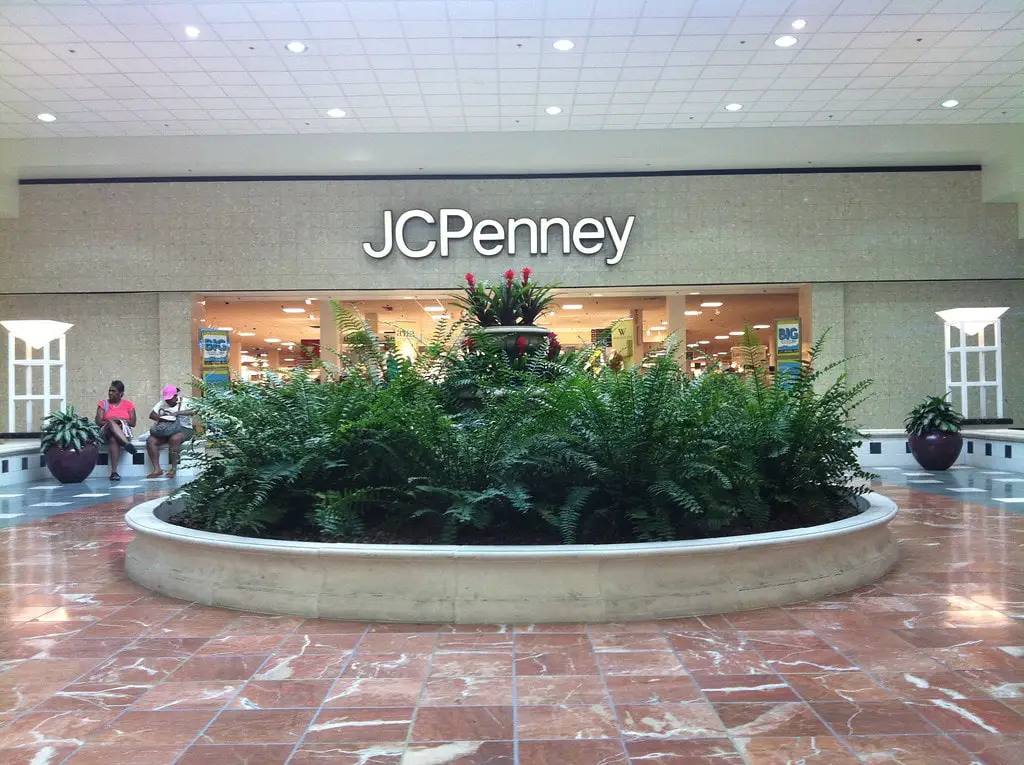
Mixed-Use Upgrades and Retail Rebuilds
The mall's 2014 renovation marked a clear break from the past.
Earlier that year, its central carousel, an easy landmark near the main entrance, was dismantled after 17 years in operation.
In its place, the developer added 29,000 square feet of new retail space.
The food court shifted to ground level, surrounded by an open atrium.
That setup opened to the public on October 27, 2014, while the remaining mezzanine was sealed off for teardown.
Apple launched a new store in September 2014, positioned near Sephora.
That marked their second location in the region, MacArthur Center had hosted the first, though that site later closed in 2021.
Elsewhere in the building, the old anchor that had housed Miller & Rhoads, Hecht's, and Lord & Taylor was mostly demolished and rebuilt as two separate commercial bays with a central entrance.
One of those bays welcomed L.L. Bean, which opened June 10, 2016.
The second bay went to Maggie McFly's, its first location outside Connecticut, which opened in May 2017.
Those tenants filled out space that had previously been idle or underused.
To address circulation, demolition began on the upper parking deck in March 2016.
By June, all but the portion facing JCPenney had been taken down and leveled for surface parking.
Events, Art Displays, and Non-Retail Programming
By spring 2024, parts of Lynnhaven Mall weren't filled with merchandise, they were covered in student art.
Virginia Beach City Public Schools ran a temporary installation in April, using corridor walls and divider panels to display work centered on themes like courage and resilience.
It wasn't a permanent gallery, but it didn't need to be.
Shoppers walked by and paused. Some took photos. You couldn't miss the banners once you got past the Apple Store.
A few weeks later, the space behind the AMC Theatres filled up with something much louder, vinyl and air.
Funbox, a company that assembles huge inflatable amusement setups, launched an outdoor park in May.
The draw wasn't just size.
It had obstacle runs, a toddler zone, bounce towers, and one corner with something called "marshmallow mountain."
People bought tickets, checked waivers, and lined up under temporary shade structures while music played from mounted speakers near the fence.
The park didn't change the retail mix inside, but it did shift traffic patterns.
Kids who'd never asked to visit Barnes & Noble were now pulling their parents through the parking lot.
For a summer, at least, a portion of the property felt less like a mall and more like a fairground.
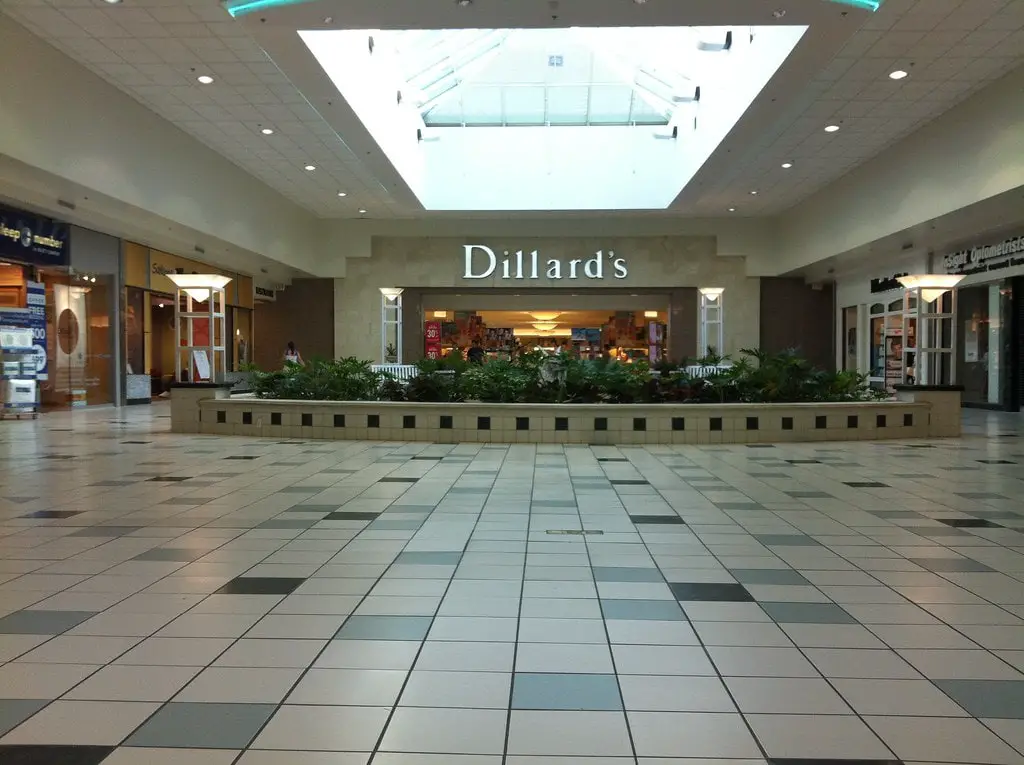
Community Use, Cultural Draws, and Temporary Crowds
In April 2025, more than 500 students worked across the center court.
The exhibit, "The Art of Being a Military Child," put public school talent at the heart of the mall's most trafficked space, between footlongs and Sephora bags, and families stopped cold.
The collaboration pulled in city agencies, school staff, and area bases, creating something part installation, part signal.
In March, ahead of the usual spring break traffic, the Hello Kitty Cafe Truck parked outside the mall for a single-day appearance.
Painted in branded pink and stocked with limited-edition merchandise, the truck drew early visitors who queued up for exclusive treats and collectibles.
The line stretched long before opening hours, and foot traffic around the mall's entrance picked up well beyond a typical Saturday.
None of this changed the lease structure or added square footage.
But it did something else: it widened what the building could be on a random Saturday.
These events weren't noise. They altered how people moved, paused, and even remembered the place.
For a mall built in 1981, that kind of shift still counts.
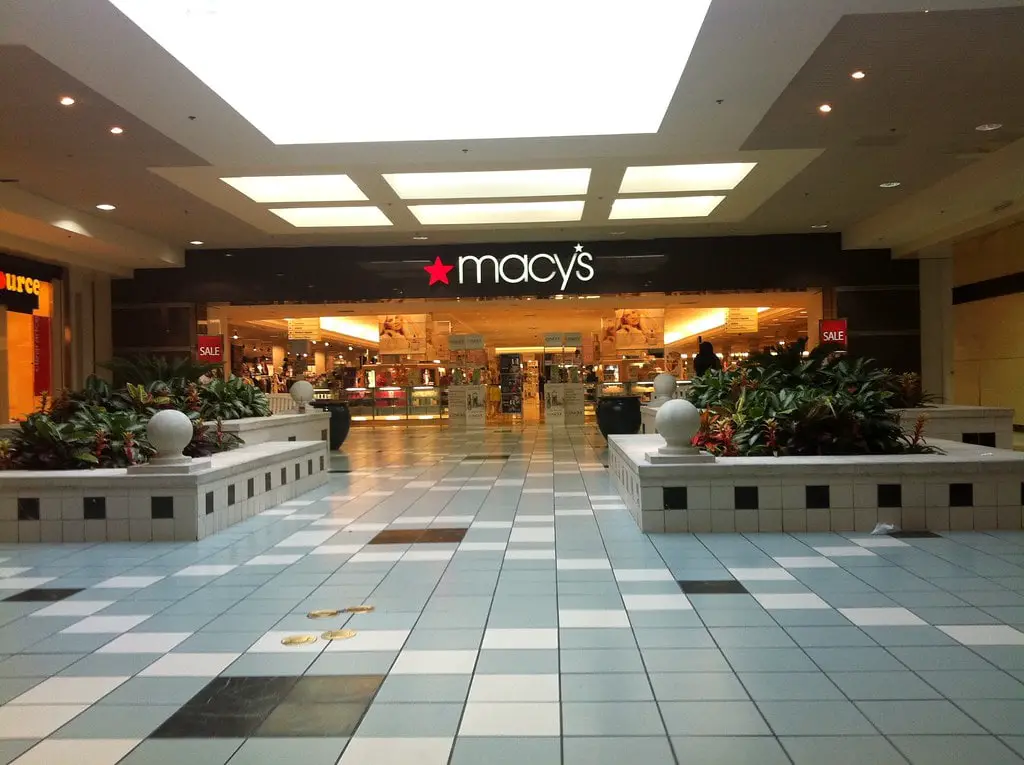
🍀


